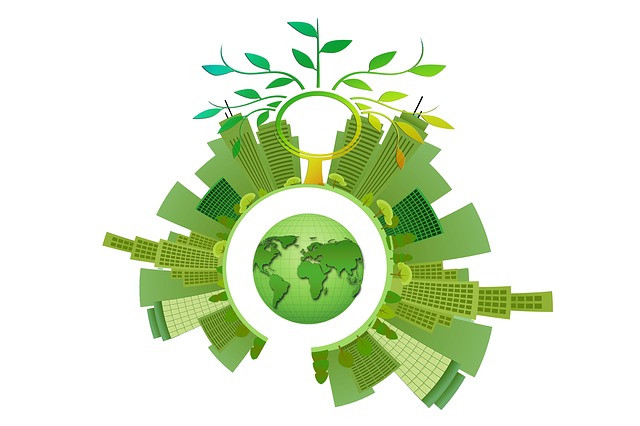Since the global financial crisis of 2008 there has been significant economic recovery in many parts of the world.
Which is good news– for philanthropic organizations.
In times of economic hardship and downturn, donations from individuals and corporations to foundations, nonprofit organizations, and other philanthropic entities decline. Which is troubling because when an entire country is faced with financial challenges, the people at the lower ends of the socio-economic ladder are hit hard.
In the United States, nonprofits that offer direct help to those in need were hit hard during the crisis. For example, the 2008 annual report from the Central Pennsylvania Food Bank states:
This deteriorating economy brings with it many challenges for the Food Bank, including increased consumer demand and decreasing corporate food donations. Many of our agencies are experiencing a 50% increase – or more – in the number of visitors to pantries, shelters and soup kitchens that were once the domain of the working poor. We’re currently seeing more previously middle-class families.
The report goes on to discuss the decrease in corporate grants and funding.
In fact, an article from 2008 cites specific donation statistics about both small businesses (those with annual revenues of $100,000 to $250,000 and fewer than 500 employees) and large (ranked by annual revenue). Giving by each group was lower in 2008 than it was in 2007. Thirty-eight percent of the small businesses gave less, while only a few gave more. The big business numbers were better, with 50 out of 77 companies giving equally in 2007 and 2008 and only six reporting lower donations.
So yes, economic downturns do affect donations when it comes to the actual dollars donated.
But, the good news is that most people don’t focus on money when donating. The biggest reason people donate to a charity is because they truly feel moved and want to help. This pattern is substantiated by findings in a 2012 paper written by The Russell Sage Foundation and The Stanford Center on Poverty and Inequality, “Charitable Giving and the Great Recession.”
According to the paper (information based on figures available through 2011, emphasis mine):
“Americans are giving nearly the same proportion of their income as before. As a percentage of GDP, giving has fallen only slightly, declining from 2.1% in 2008 to 2.0% in 2009, 2010, and 2011.”
So, while the overall dollar amounts dropped, and 2012 was still well below the 2007 levels, individuals still gave what they felt they could when the donations were expressed as a percentage of their income.
Which brings up the good news about current levels of donations. When the economy is doing well, charitable giving mirrors that as well. According to the National Philanthropic Trust, historically, giving “rises at about one-third as fast as the stock market.”
Interestingly, the level of giving in the U.S. in 2016 still sat at 2.1 percent of the GDP, despite the booming stock market. But that dollar amount is high: $281.86 billion according to Giving USA.
But, again, individuals were clearly moved to give and, in 2016, had the means to do it. In 2016, philanthropic donations by individuals rose nearly 4 percent over 2015.
It seems clear, then, that the overall economic situation does affect philanthropy. When times are tough, donations decrease, and when the money is flowing so do the gifts. But it’s also apparent that the best circumstance is when people are both moved by a cause and have the means to help. Under those conditions they will give, generously, to philanthropic organizations.







